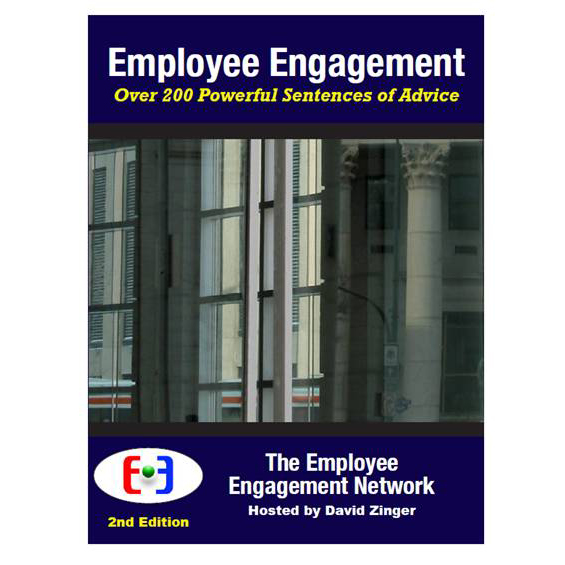Sarah Perry is Sales and Marketing Director at SnapComms, a New Zealand based firm that provides innovative technological solutions “with a pragmatic approach” to improve internal communications and strengthen employee engagement. I wanted to interview Sarah because I was impressed with the way SnapComms applies new technology to address real employee communications issues, not just offering tech tools that are cool to use.
Company Overview
SnapComms offers a fascinating array of tools that facilitate top-down, bottom-up, and lateral communications within organizations. For example:
- Snap Shots– interactive screensavers that can be used to share corporate initiatives and encourage employee participation
- Snap Mag – an electronic employee magazine that includes user-generated content to keep employees informed while effectively managing (and helping to reduce) information overload
- Other “Snap” interactive tools that make social media easy for internal communicators to use and help streamline communications, such as desktop alerts, newsfeeds, and targeted intranet updates.
SnapComms serves a global client base in the UK, USA, Canada, South Africa, the Middle East, Australasia, Caribbean, and South America. Its client companies range in size from 50 to 29,000 employees.
QSM: Based on your experience, Sarah, what are the top 2-3 communications challenges organizations are struggling with today?
Sarah: Resource, in terms of hours in the day versus workload, seems to be a huge issue right now. Organizations are downsizing their internal communications teams or expecting existing teams to manage an increased work load. I also think that social media can suck up a lot of time and presents some significant challenges to internal communicators (e.g., monitoring trends on external social media channels; also dealing with the reality that internal communications need to be faster and more authentic or ‘stories’ break on their own and are not always accurate). In other words, the role has become more complex and time critical, whilst unfortunately, the resource is reducing.
QSM: Given the expansion of communications technology going forward, how will organizations best balance the “high tech” and “high touch” elements of internal communications?
Sarah: I’m not sure that “high tech” and “high touch” need to be mutually exclusive. (I’ll assume that “high touch” means the face-to-face types of communication.)
Social media is making it much easier for people to connect regardless of location, and tools like Webinars are almost as good as face-to-face for building relationships. Video will start to replace some of the more traditional town hall meetings (especially if you can use delivery tools that monitor who is viewing and allow interaction).
I think the “high touch” is really the domain of line managers (from an internal communications perspective). The focus will increasingly move to line managers, and we need to raise the profile of communications as a key part of a manager’s role. Some of this can be achieved by providing guidelines and training and measuring and managing communications as a KPI [Key Performance Indicator]. There’s a need to actively reward good managers and coach those who need it.
QSM: What scenario(s) do you project regarding how organizations of the future will use internal communications to engage employees?
Sarah: Internal Communications has become more of a recognized discipline over the last few years; this will continue. (I’m always pleased when a smaller organization approaches us and clearly realizes the benefits of good internal communication. Fortunately, we are seeing this more and more).
Other trends will be:
- Cloud computing will make remote collaboration easy and affordable, so it will become more commonplace.
[Here’s how Sarah explains cloud computing.] From an employee communications perspective, this means low cost, scalable software solutions offered as a service which anyone from anywhere can access (typically via a web browser) and collaborate with anyone anywhere (with appropriate security). This is nothing fundamentally new – the key difference is that corporates are now more comfortable with using solutions like this. This is mainly due to the fact that hardware can now be ‘virtualized’ which makes the solution ‘redundant’ [meaning] very reliable and cost effective; i.e., if a server somewhere falls over, other servers elsewhere in the cloud automatically pick up the slack. Current examples include salesforce.com and Google docs.]
- The reducing cost of bandwidth will make tools like video conferencing and multimedia in general much more prevalent.
- Social media will no longer be called ‘social media’ – it will just be another channel or tool in the tool kit.
- Micro blogging will have found its very small niche (from an internal communications perspective) and the hype will have died down.
I did read an interesting blog post about holographic communications being less than 10 years away due to quantum computing – now that will be an interesting town hall meeting!
QSM: Thanks, Sarah!





